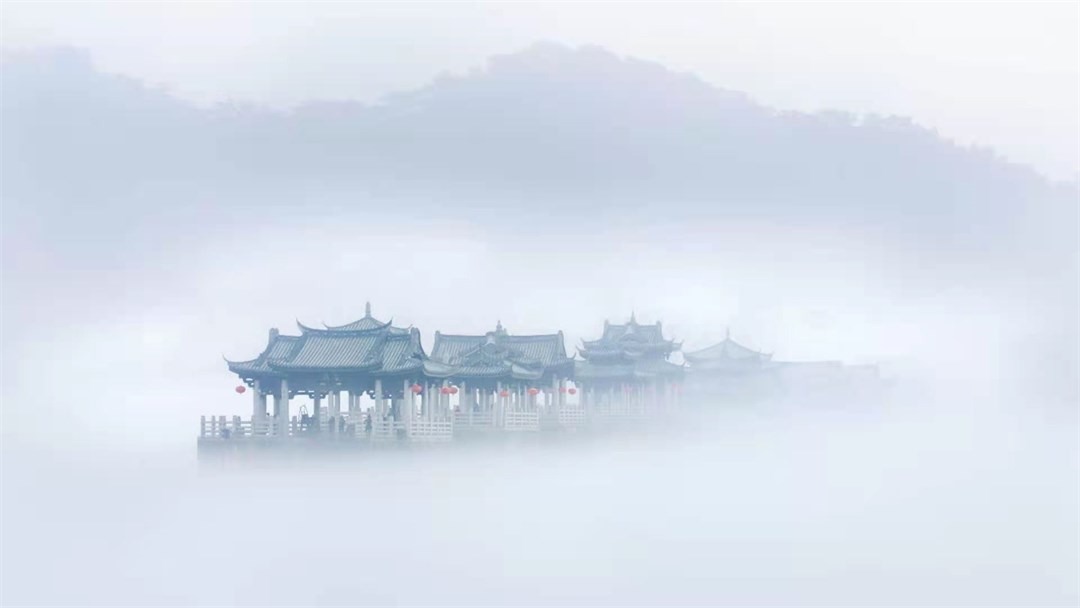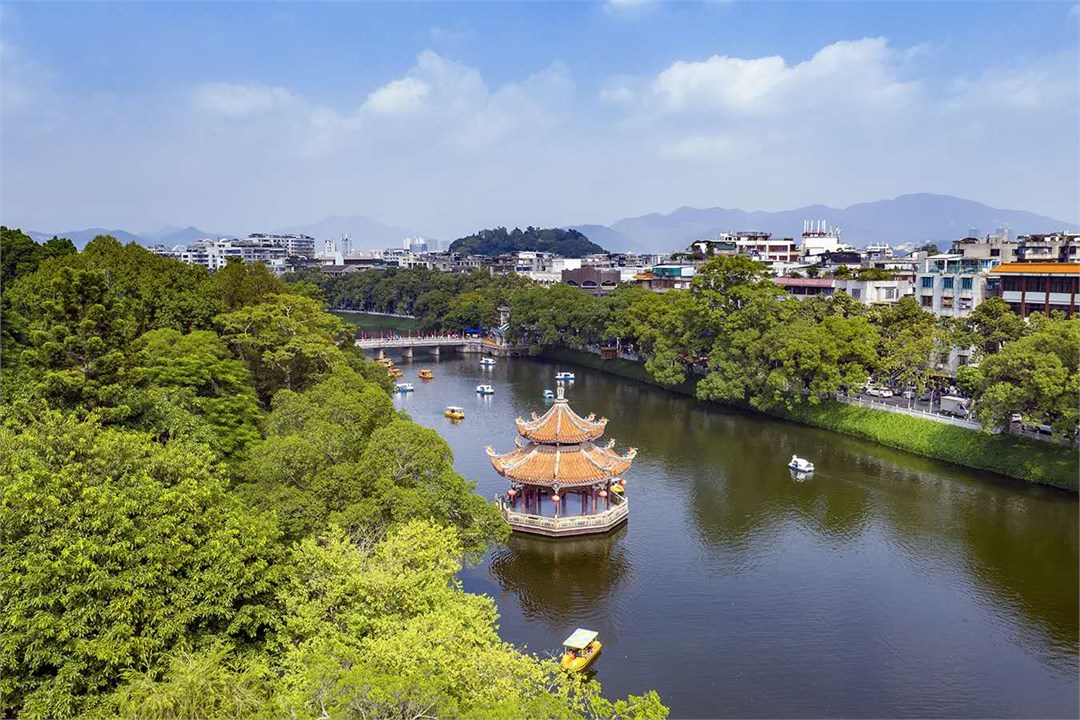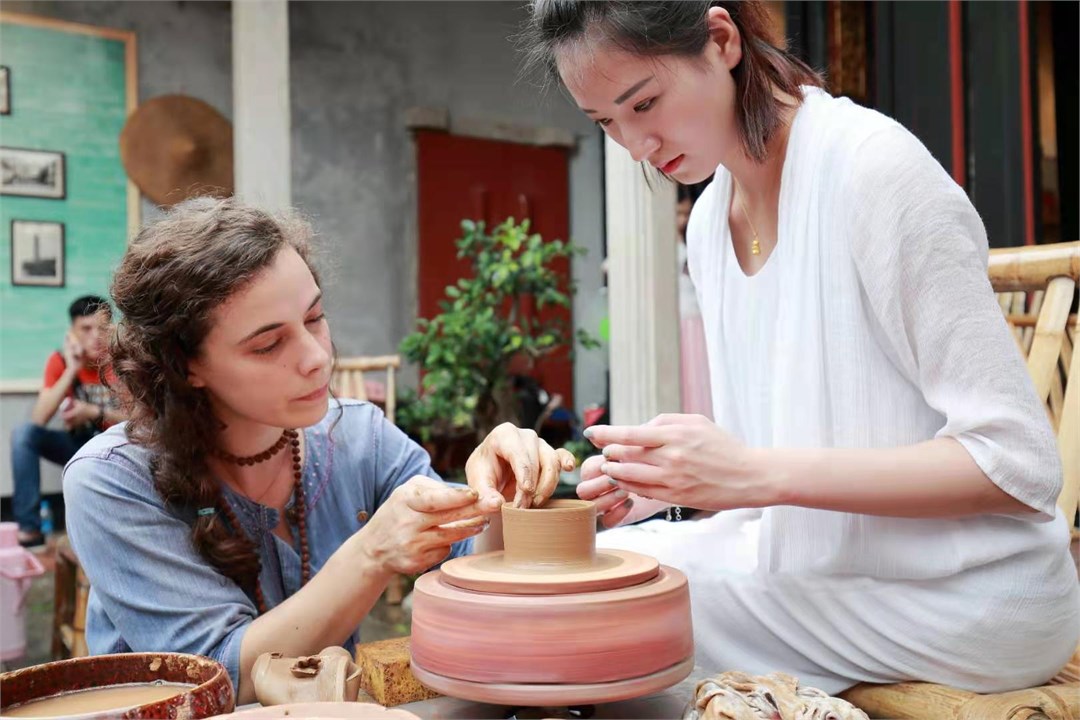Han Yu, a renowned Chinese poet, wrote in a piece, “Chaozhou borders the seas to the south.” Situated in the east of Guangdong Province and bordering the South China Sea, Chaozhou is known for a pleasant climate and evergreen seasons. Thanks to its profound history, outstanding people and brilliant culture, the coastal city stands out in the region. It was always the first choice to set up government offices and a major trade destination along the Maritime Silk Road in ancient times. As the birthplace of the folk culture, the city is the ancestral and spiritual home of the native people abroad.

Chaozhou has profound historical and cultural heritages. Since ancient times, supported by hardworking ancestors, diligent and resourceful officers, the cultural exchange and integration in the Central Plain region, and the interaction with nearby coastal areas, Chaozhou had witnessed cultural enrichment alongside economic growth. Han Yu, who once governed the then county, made a far-reaching influence here with his literature works. Besides, the ten prime ministers who had worked or lived here in feudal times significantly promoted the local culture.

Chaozhou, scenic and elegant, is mountainous in the north and borders the sea to the south. Thanks to the Han River flowing throughout the city and the three guarding peaks of Jin, Hulu and Bijia, the endowed place looks picturesque with lush mountains and clear waters. Among the scenic spots and historical sites scattered in the city, 22 are national key cultural relics under protection. Wandering through the old town, one can find many ancient structures, e.g., archways, wells, mansions and residences. They are precious as they are of great cultural value and tourism value. It is believed that inspired by the beauty of nature and the glory of the handmade structures, ancient poets and scholars could not help but praise the sights with articles and poetry.
People always reflect the spirits of the places where they were born and raised. Chaozhou’s geographical feature has cultivated the brave and diligent personality of its people. In the past, since the locals sailed abroad in red-headed ships for trade and commerce, now such ships symbolize trailblazers and fighters of the region. With a favorable location adjacent to the oceans and active business activities, the city was a primary node along the Maritime Silk Road. Today, many emigrants from Chaozhou have made their voices heard on the world stage. It is said that the number of overseas Chaozhou natives is equivalent to that of those living inside the country. Living abroad, they have done their part to prosper their communities and develop their motherland and hometown.
Nurtured by the tender Han River and the unique culture, the locals continue to express their affection in various forms to their hometown, including its scenery. Here, the simple, hardworking natives have the qualities of bravery, intelligence, wit, optimism and gratitude and highly value their clans and home town with a strong sense of solidarity. The local dialect is a living fossil of ancient Chinese; the folk opera is one of its kind among traditional Chinese operas; its music is a vivid example of old Chinese melody; the architectures are as magnificent as royal palaces. Notably, the local cuisine and Kung Fu Tea are household Chaozhou signatures in the world.
Folk culture and art come in many ways of expression, shapes and sizes; traditional craftsmanship is dazzling and superb. Produced by ingenious artisans, the exquisite handicrafts, e.g., embroidery, drawnwork, wood carving, stone carving, ceramics, paper-cutting, clay sculpture, inlaid porcelain and straw paintings, are very typical of the region and deeply embedded in the social life of the locals.

